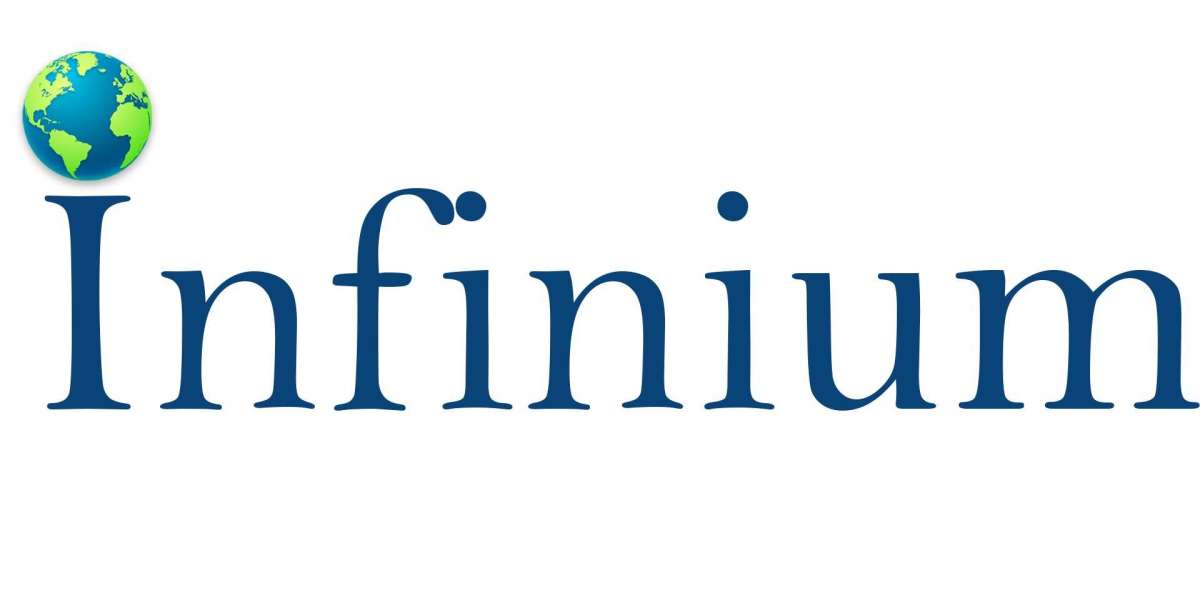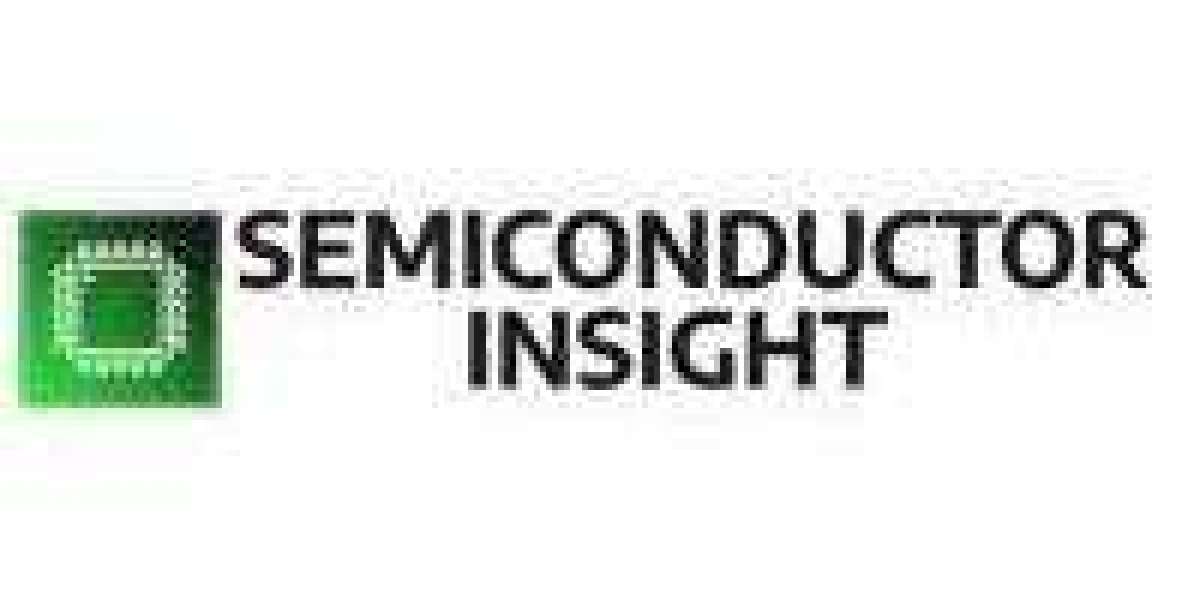The lithium-ion (Li-ion) battery market is on a trajectory of robust growth, driven by increasing demand across various sectors, including consumer electronics, electric vehicles (EVs), and renewable energy storage. As the market continues to evolve, understanding future forecasts in terms of size, growth rate, and emerging trends provides valuable insights for stakeholders and industry participants. This article explores these aspects, offering a glimpse into what lies ahead for the Li-ion battery market.
Market Size and Growth Rate
According to Stratview Research, the global lithium-ion battery market was estimated at USD 47.83 billion in 2022 and is likely to grow at a CAGR of 15.19% during 2023-2028 to reach USD 111.79 billion in 2028. The market's expansion is primarily driven by the increasing adoption of electric vehicles, the proliferation of consumer electronics, and the growing need for energy storage solutions.
Several factors contribute to this impressive growth rate:
- Rising Electric Vehicle Adoption: As governments worldwide implement stricter emissions regulations and offer incentives for electric vehicle adoption, the demand for high-capacity Li-ion batteries is expected to surge. The automotive sector remains a significant growth driver, with forecasts indicating that EV sales will continue to rise, further boosting the Li-ion battery market.
- Expansion of Energy Storage Systems (ESS): The growing emphasis on renewable energy sources, such as solar and wind, is driving the need for efficient energy storage solutions. Li-ion batteries are increasingly being used in residential, commercial, and grid-scale energy storage systems, supporting the transition to cleaner energy sources and contributing to market growth.
- Technological Advancements: Ongoing advancements in battery technology, including improvements in energy density, safety, and cost-efficiency, are enhancing the appeal of Li-ion batteries. Innovations such as solid-state batteries, which offer higher energy density and greater safety compared to traditional Li-ion batteries, are expected to influence market dynamics.
Emerging Trends
- Solid-State Batteries: One of the most anticipated developments in the Li-ion battery market is the rise of solid-state batteries. These batteries use a solid electrolyte instead of the liquid or gel electrolytes found in traditional Li-ion batteries. Solid-state batteries promise higher energy density, improved safety, and longer life cycles, making them a key area of research and development. Several companies are investing in solid-state technology, and its commercial adoption could significantly impact the Li-ion battery market in the coming years.
- Recycling and Sustainability: As the demand for Li-ion batteries grows, so does the focus on recycling and sustainability. Efficient recycling processes are crucial for reducing environmental impact and recovering valuable materials. Companies are investing in advanced recycling technologies and sustainable practices to address the challenges associated with battery disposal and resource scarcity. The development of closed-loop recycling systems, where batteries are recycled and reused to manufacture new batteries, is gaining traction.
- Second-Life Applications: Another emerging trend is the use of Li-ion batteries for second-life applications. After their initial use in consumer electronics or EVs, batteries can be repurposed for energy storage systems in residential or commercial settings. This approach not only extends the life of batteries but also contributes to resource efficiency and sustainability.
- Advancements in Battery Management Systems (BMS): Effective battery management systems are crucial for optimizing the performance, safety, and longevity of Li-ion batteries. Innovations in BMS technology, including advanced monitoring and control systems, are improving battery efficiency and reliability. These advancements are particularly relevant for applications requiring high-performance batteries, such as electric vehicles and grid-scale energy storage.



